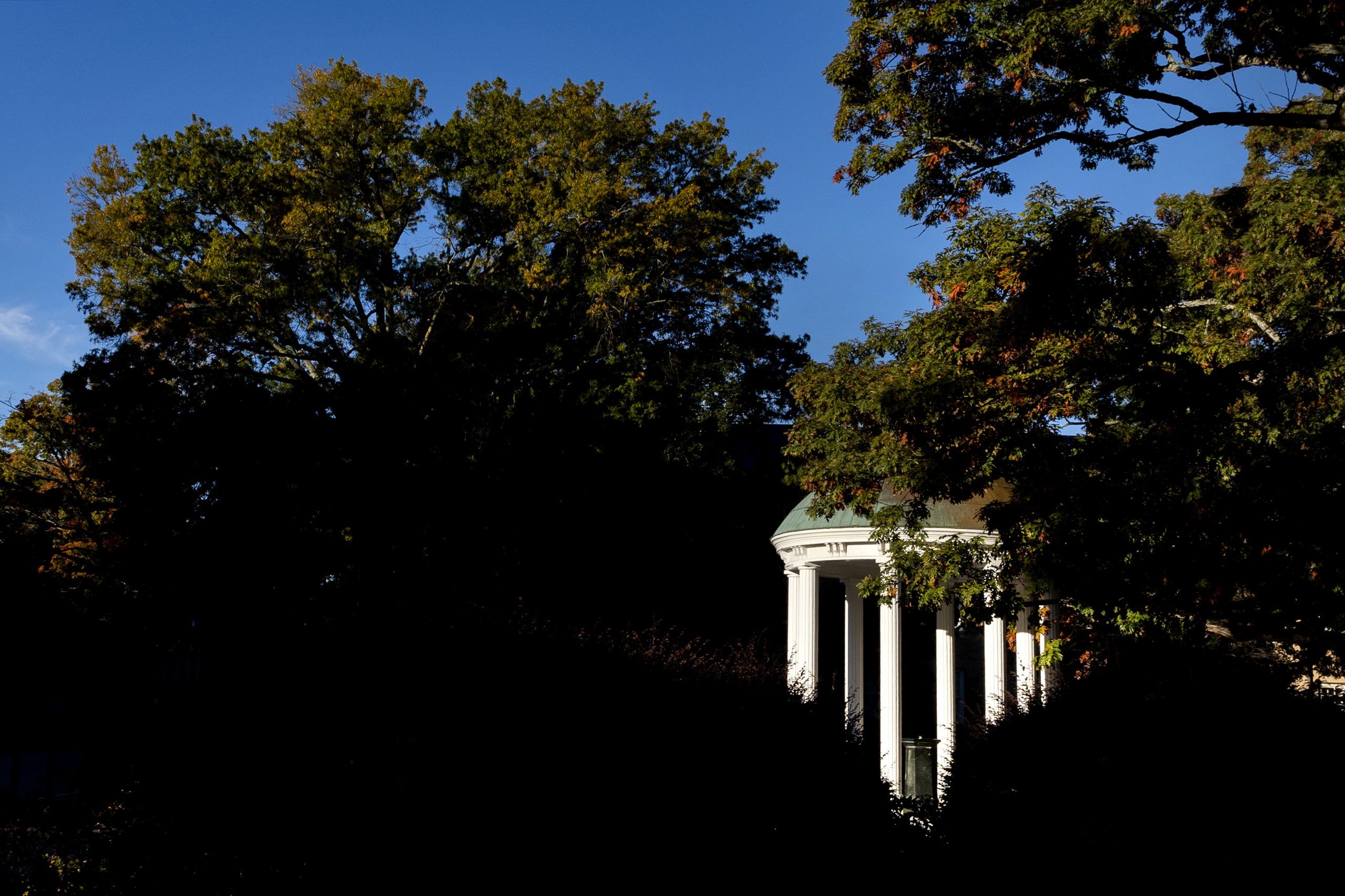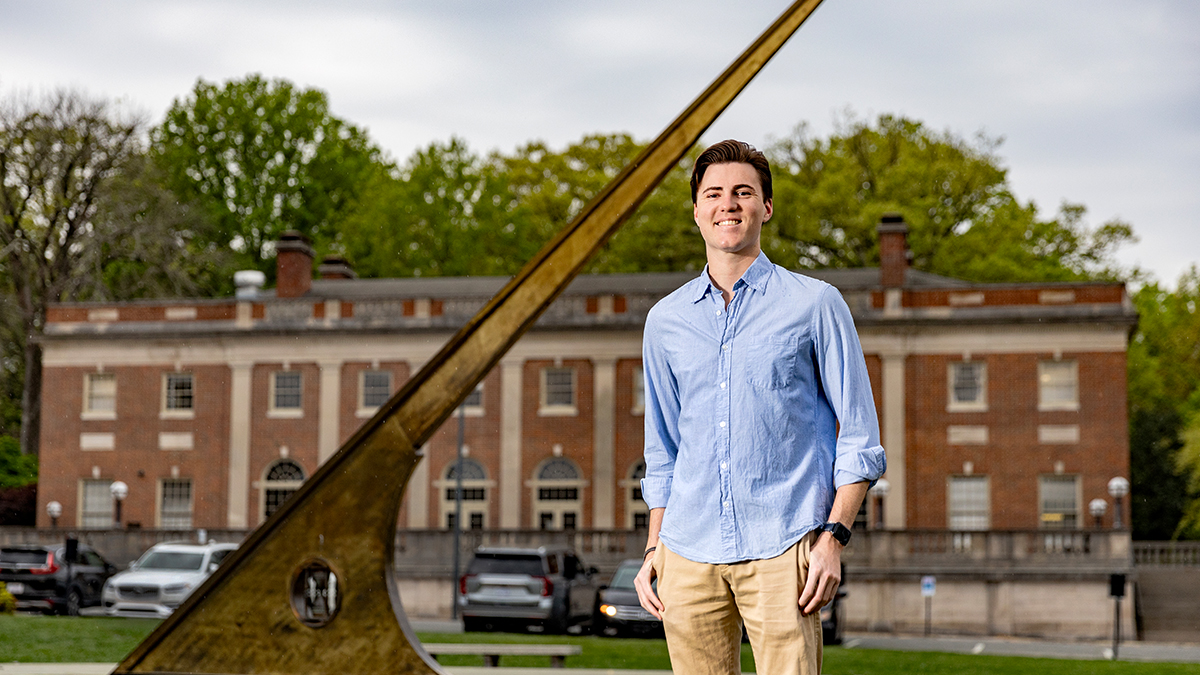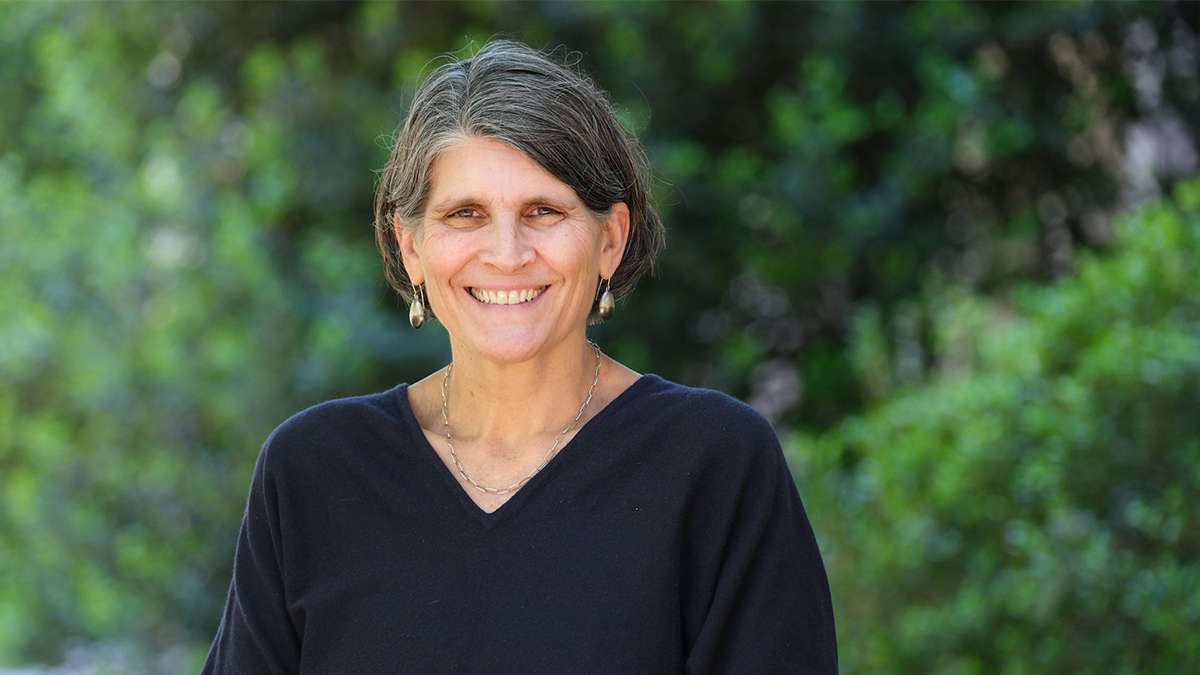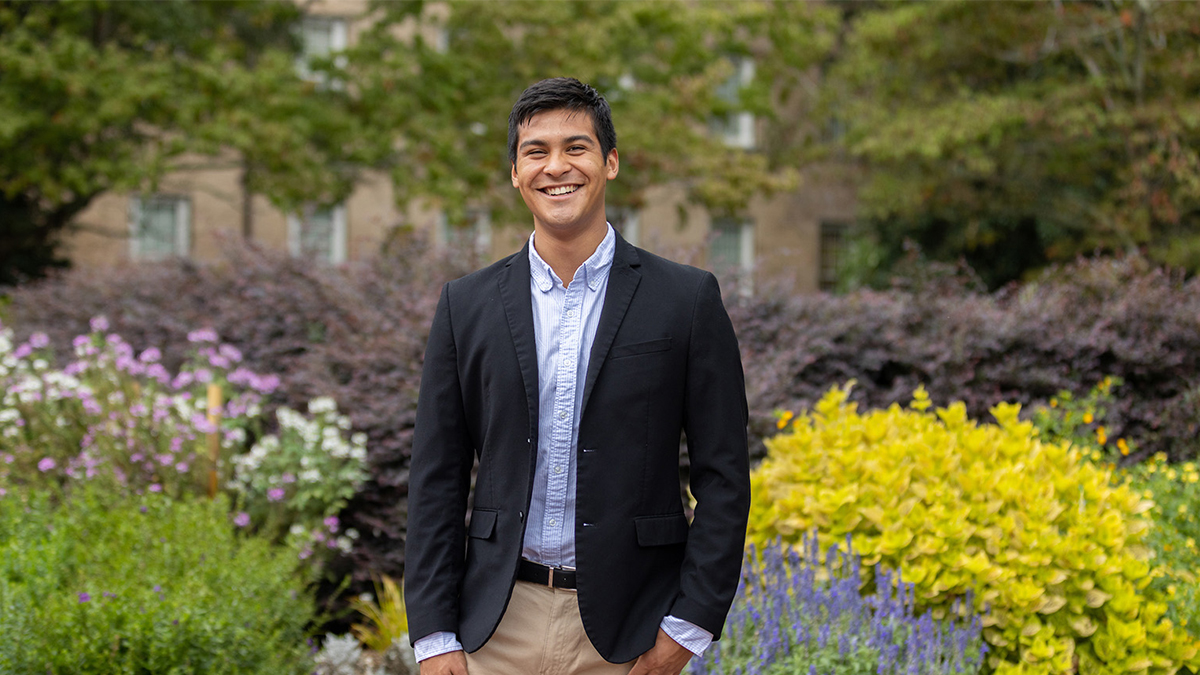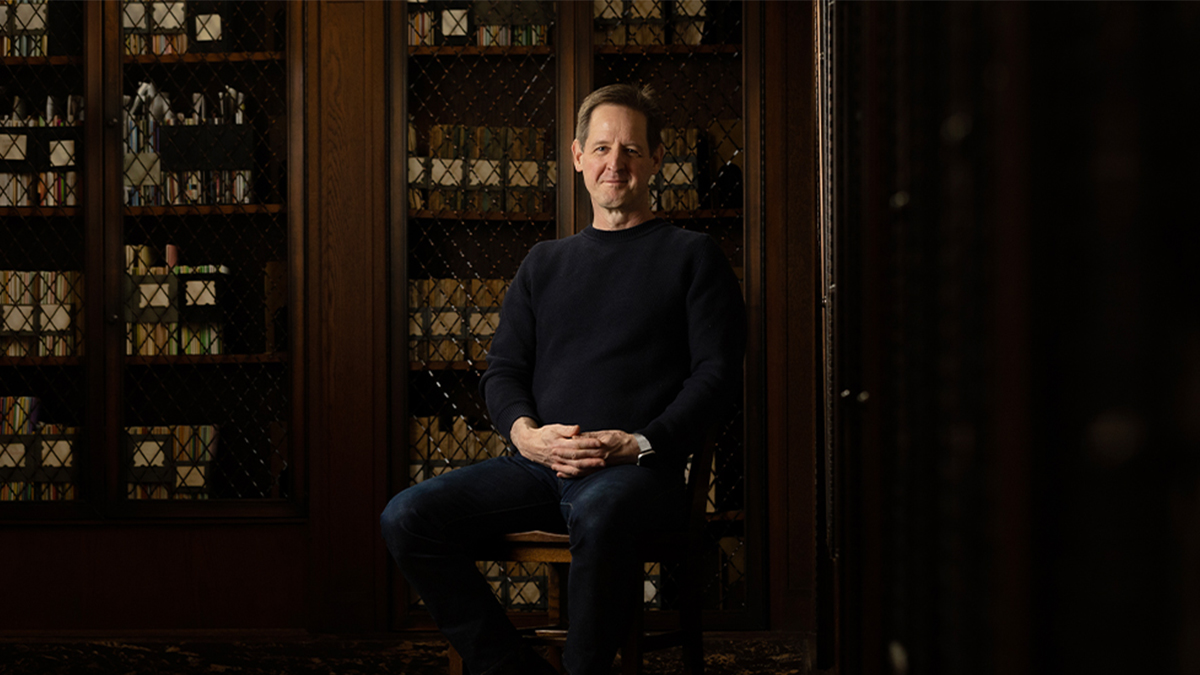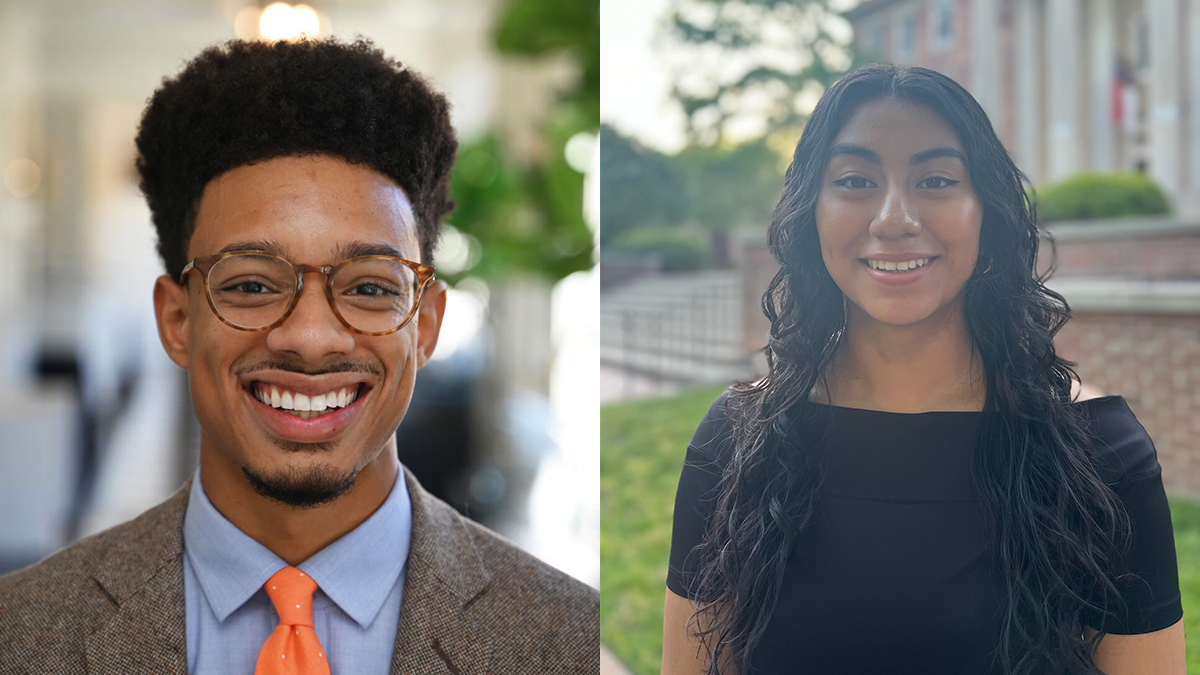They combat patient loneliness with social media
With a $3.2 million NCI grant, Barbara Fredrickson and Allison Lazard will support young cancer patients with messages that inspire action.
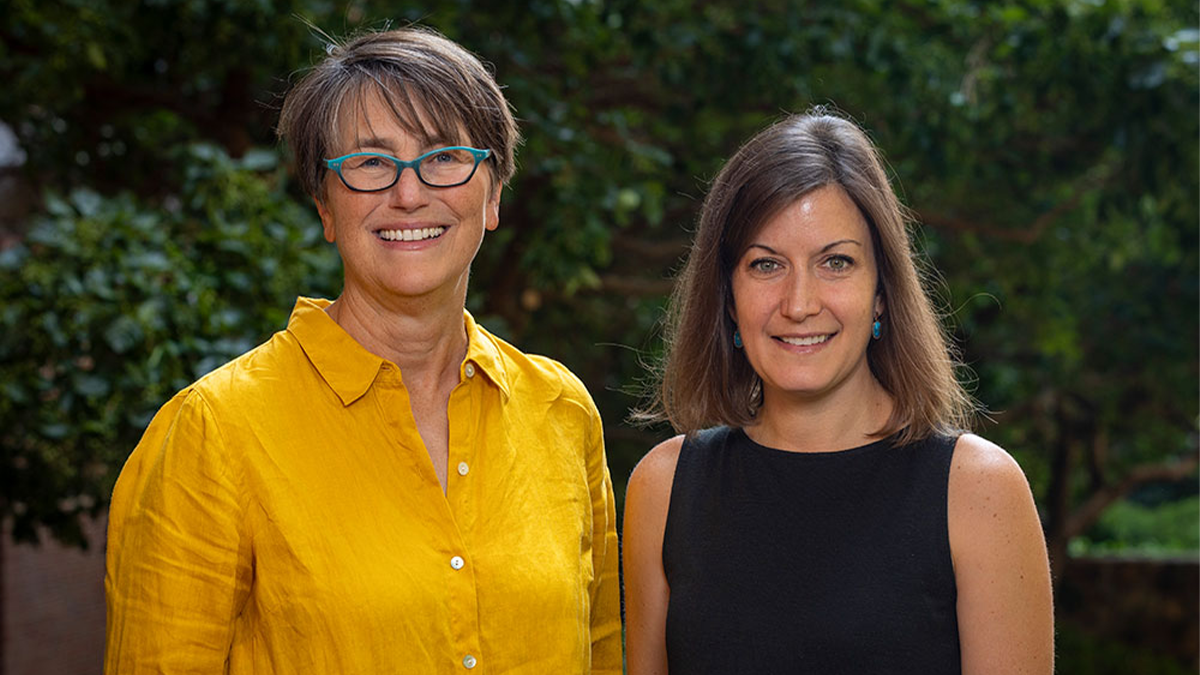
Researchers in the Hussman School of Journalism and Media and the College of Arts and Sciences are teaming up to demonstrate that social media can be used to improve well-being. They call their method the “social connectedness intervention,” which uses social media to send messages to specific audiences, encouraging them to make in-person connections with other people.
“If you want to influence someone, it’s not what we say, but how it’s presented,” said Allison Lazard, an associate professor at Hussman. “I specialize in how visual and interactive design affects message perception, and if that message inspires action.”
Encouraging people to connect offline in an increasingly online world can be challenging. But Lazard and fellow researcher Barbara Fredrickson decided to use the power of social media to their advantage.
“I study co-experienced positive emotions and the benefits you receive from them,” said Fredrickson, the Kenan Distinguished Professor of Psychology & Neuroscience in the College. “I’ve found that quality, kind-hearted emotional connections are part of staying healthy as much as eating a balanced diet or exercising.”
To create the intervention, the duo will build from Fredrickson’s evidence-based psychology messaging and hone it through collaborations with people from the populations the researchers are trying to reach. Then the team uses Lazard’s data-driven approach to optimize the message’s design so that it stops scrolling, engages attention and inspires action.
The intervention is widely applicable, and Lazard and Fredrickson’s research has been substantially supported, most recently with a $3.25 million grant from the National Cancer Institute to encourage young adults with cancer to seek social support resources.
The NCI-funded study will focus on reaching people aged 22-39 who have cancer. Because this age group isn’t normally on the lookout for symptoms, they are often diagnosed in the later stages of the disease and have a higher mortality rate compared to younger or older patient populations.
“Young adults have fewer support resources because there are fewer people in this age range with cancer,” Lazard said.
To combat loneliness for these young adults with cancer, Lazard and Fredrickson want to encourage them to seek in-person connections by meeting them where they are: social media. The calls to action are small, like paying someone a compliment, and can benefit their mental and physical health.
“Our suggestions will be more effective if we are able to connect with this group with messages that demonstrate understanding of a shared experience,” Lazard said.
But the researchers cannot use actual social media platforms for their studies because those platforms are too uncontrollable. Instead, Lazard, together with co-investigator Nabarun Dasgupta, has created a simulated social media platform that resembles the experience of using Instagram or TikTok.
Preparations for the randomized controlled trial are ongoing. Participants will engage with this platform over four weeks and will encounter 12 different optimized messages. Then researchers will observe if the messages inspire changes in participants’ social behavior that improve well-being.
Fredrickson and Lazard have secured funding to test the messaging in different forms with different audiences. A $3 million grant from the National Institute on Minority Health and Health Disparities will study whether the intervention can reduce social isolation in young adults ages 18-29. And a $680,000 grant from the Robert Wood Johnson Foundation will support a study using video-based messaging.
The researchers hope to see their intervention grow beyond their studies and be used by various groups aiming to send more effective social support or health care messaging to different populations.
“There’s too great a need for well-being support,” Fredrickson said. “We need to encourage people to help themselves in small ways so they can improve their mental health and feel more resilient.”
